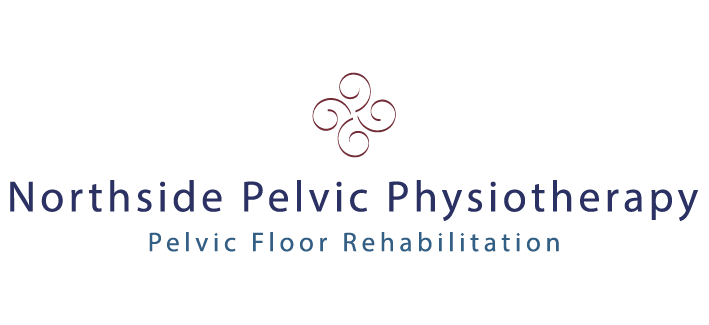I have a confession to make!
I tear pages out of magazines in waiting rooms. And it’s not because they are articles about how to look 30 when you’re 55 or the latest gossip on the current ‘it’ celebrity or even 101 recipes with quinoa.
I rip out the advertisements about continence pads for ‘Light Bladder Leakage’ or ‘LBL’!
You know the ones: ‘It’s okay women – leaking is fine – just wear a pad.’ And the models in these ads have been getting younger and sexier. No longer is it only the ‘senior’ looking lady. Now it’s younger women in tight dresses. Disclaimer: I have nothing against continence aids. It’s the normalisation of incontinence that makes my blood boil.
Have you noticed how subtly in the feminine hygiene aisles at the supermarkets, products progress from tampons and pads for menstruation to continence pads? LBL is being used to normalise a problem.
Here is my advertisement: leaking urine is never fine, never okay, never normal. It is a sign that something is not quite working to it’s full potential in the pelvic area of the body. That wonderful hidden part that contributes so much to our quality of life. It is often a sign of pelvic floor dysfunction.
As a physiotherapist with a special interest in pelvic health, I care a great deal about those bits ‘down there’ and their impact on women’s health.
How should a normal bladder behave?
We should have the ability to control the functions of our bladder and bowel throughout all stages of life. This is continence. Incontinence is any loss of bladder and bowel control, irrespective of amount or frequency.
Normal bladders have a capacity of approximately 500 mls. Each emptying of the bladder (a void) is 350 – 700 mls of urine. We void four to seven times a day and may wake to void once at night (with each decade after 60 years, one extra void during the day or night is normal). Going to the toilet to void should not be urgent – rushing off, feeling you can’t hold on – nor frequent (voiding more often than outlined above). The bladder should fully empty with a good stream and continuous flow without strain. And there should be no urinary leakage. You should be able to jump on the trampoline with the kids!
Your bladder should be functioning efficiently in the background. So if you have read the paragraph above and can’t recognise your bladder, you may have a problem.
What should you do? Consulting with a physiotherapist experienced in pelvic health is a great starting point. This involves detailed history taking and assessment of what exactly is happening for you. Treatment is based on your individual needs and may take three to four appointments over several months. And there is good research to prove it works!
Now, I am not advocating carte blanche magazine destruction but next time you are in a waiting room, think about your bits ‘down there’.

